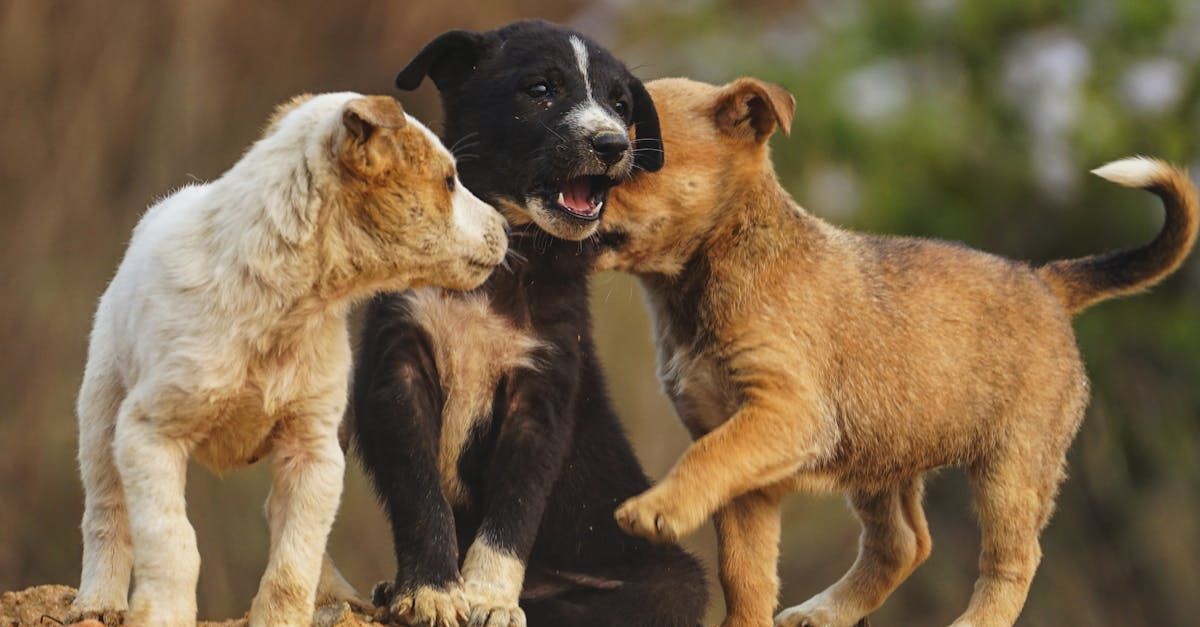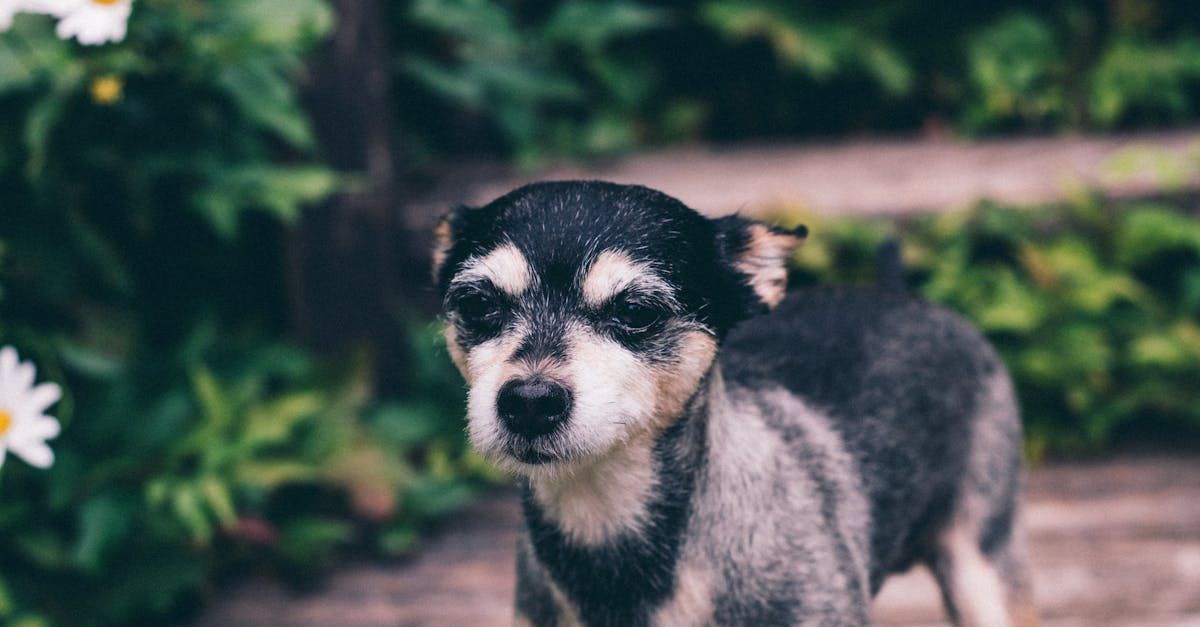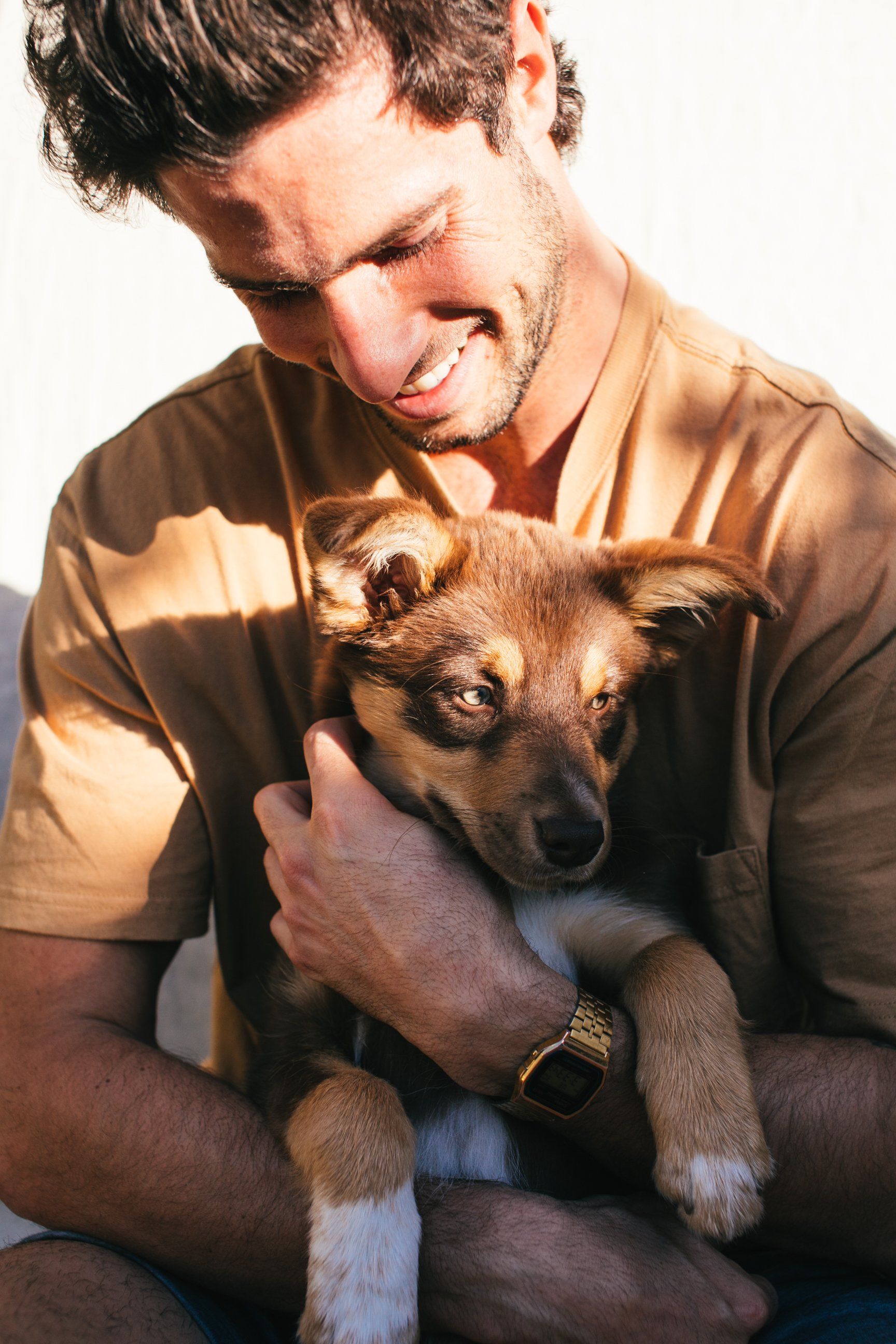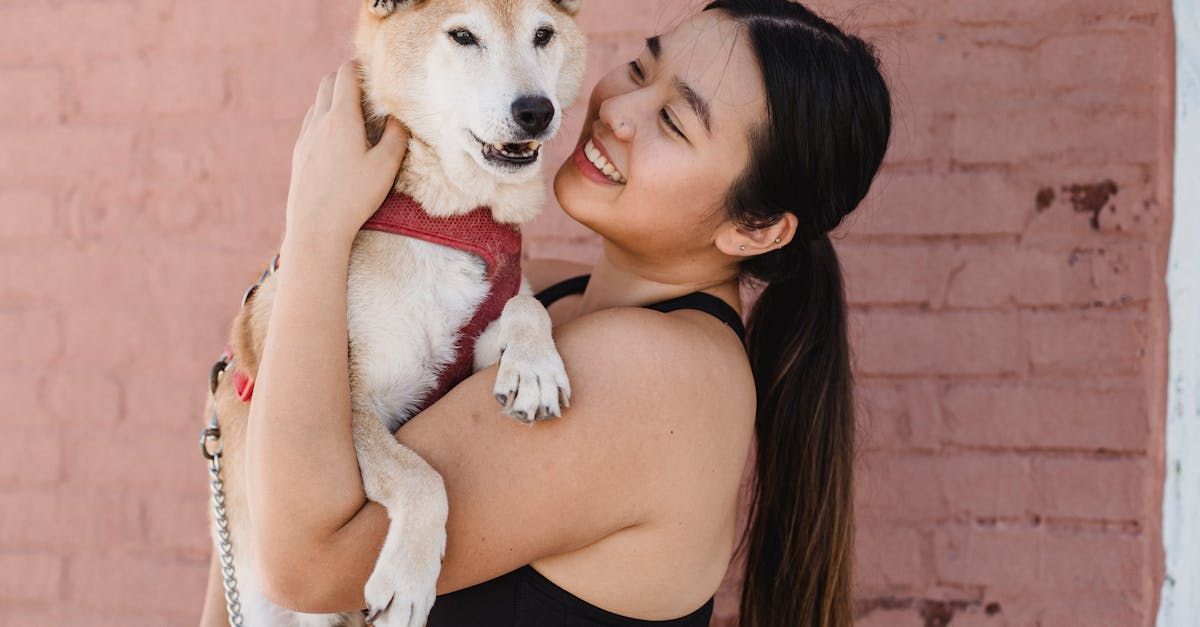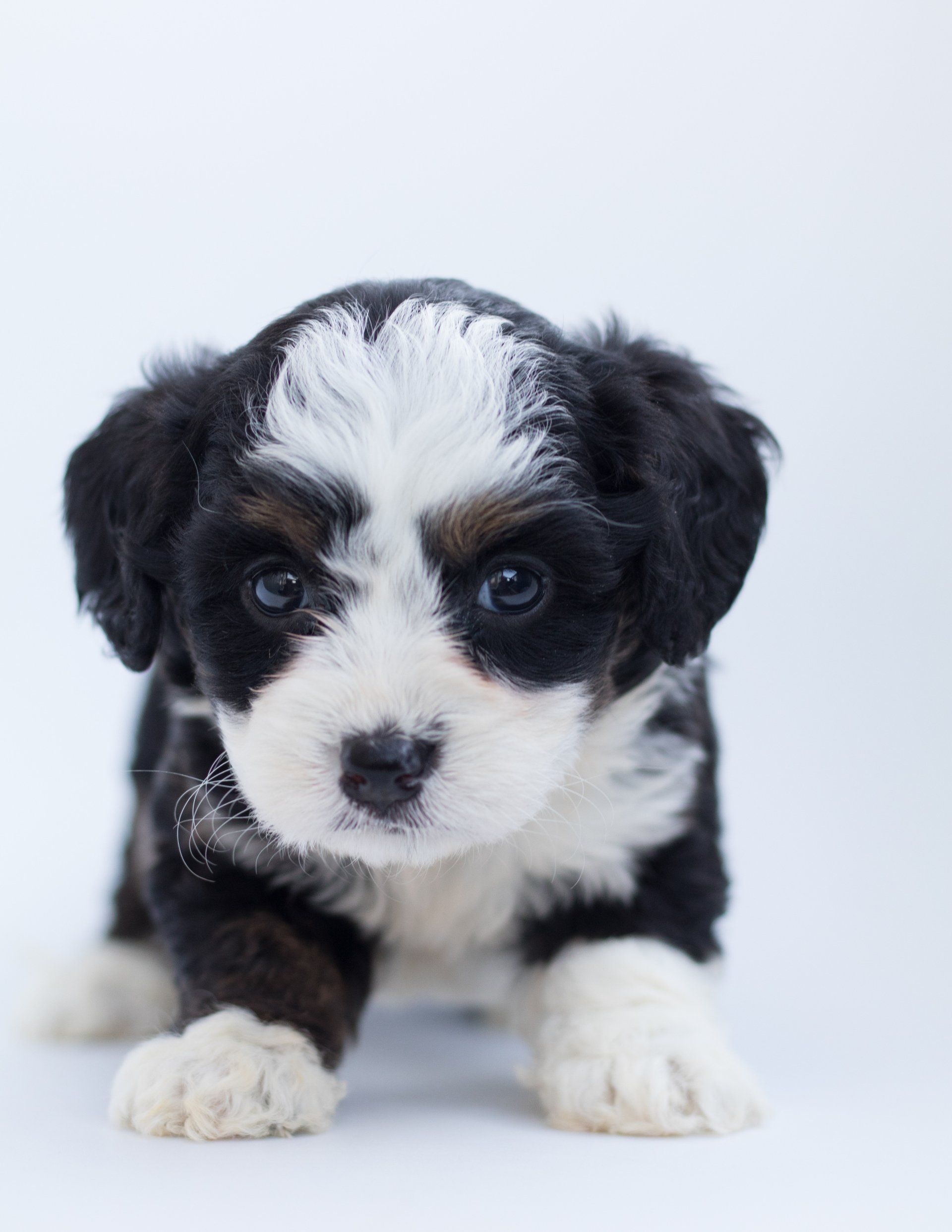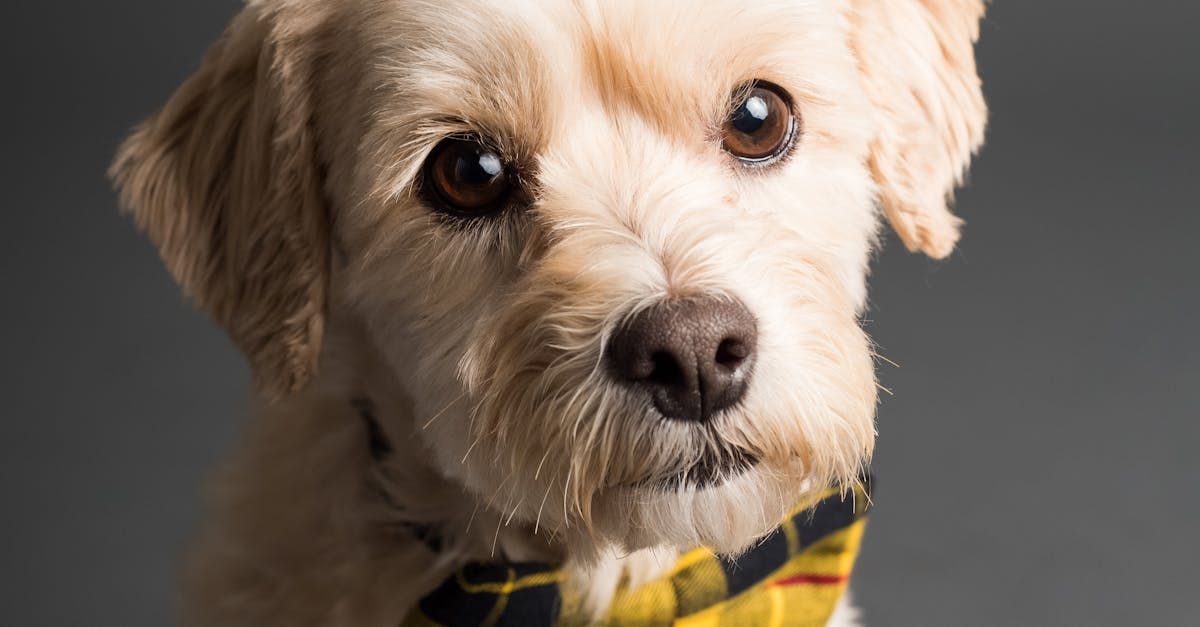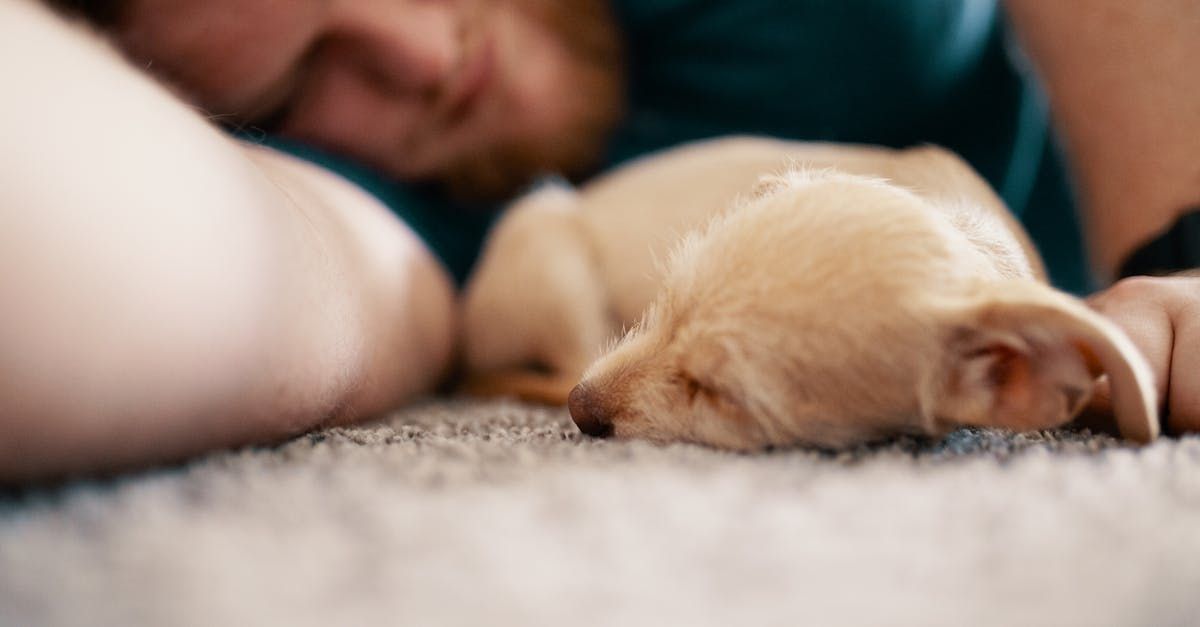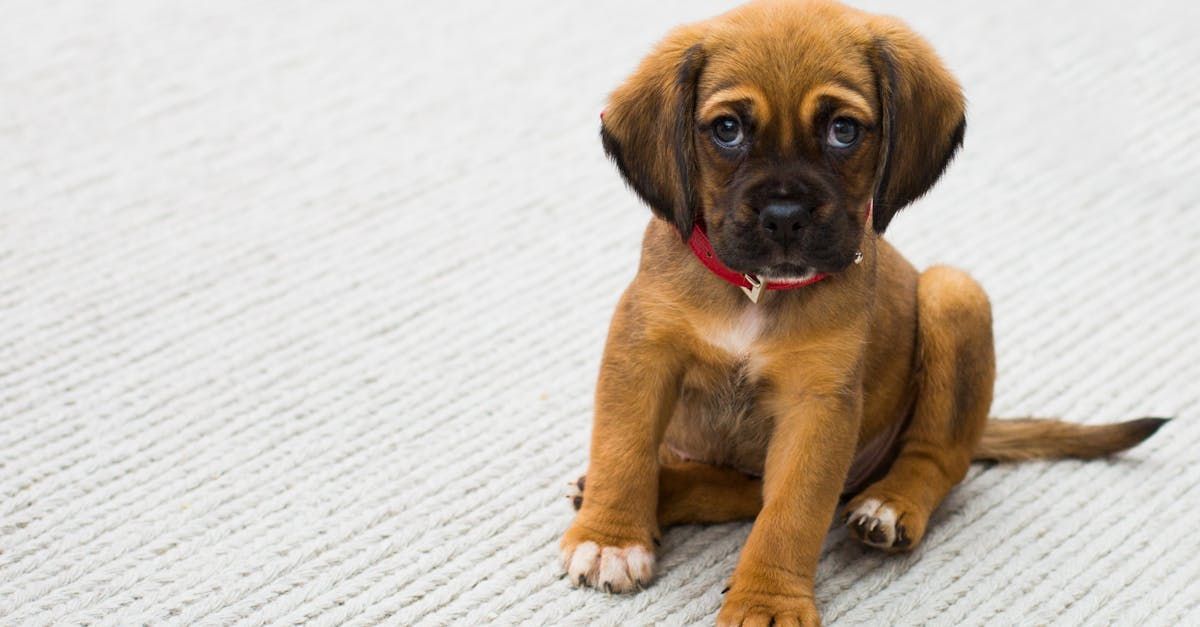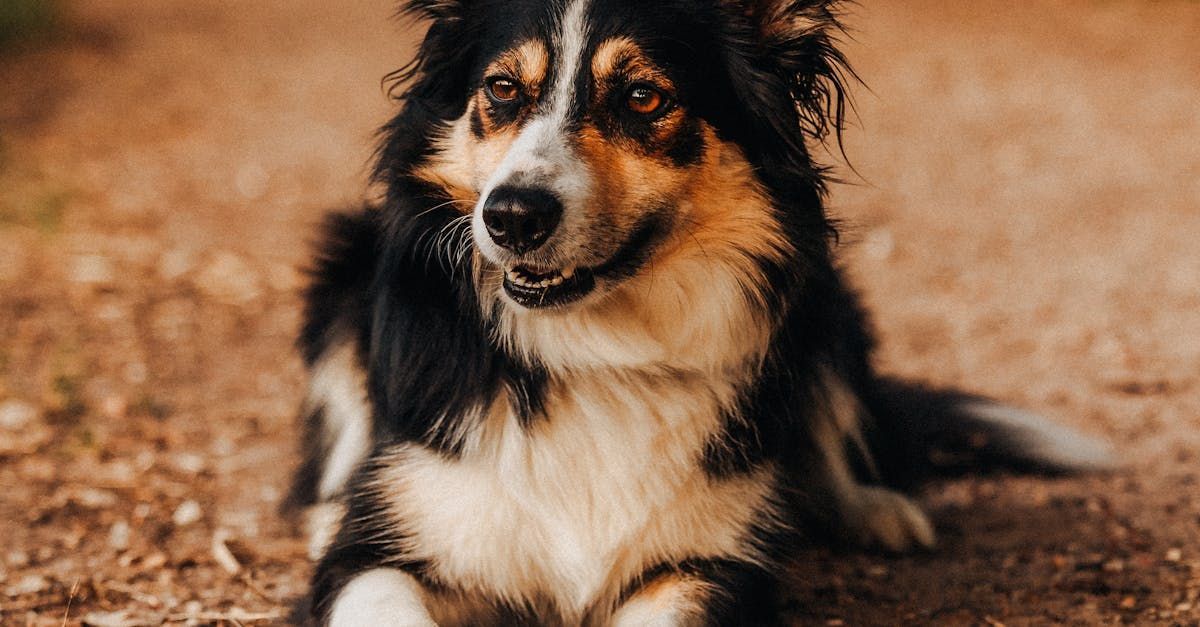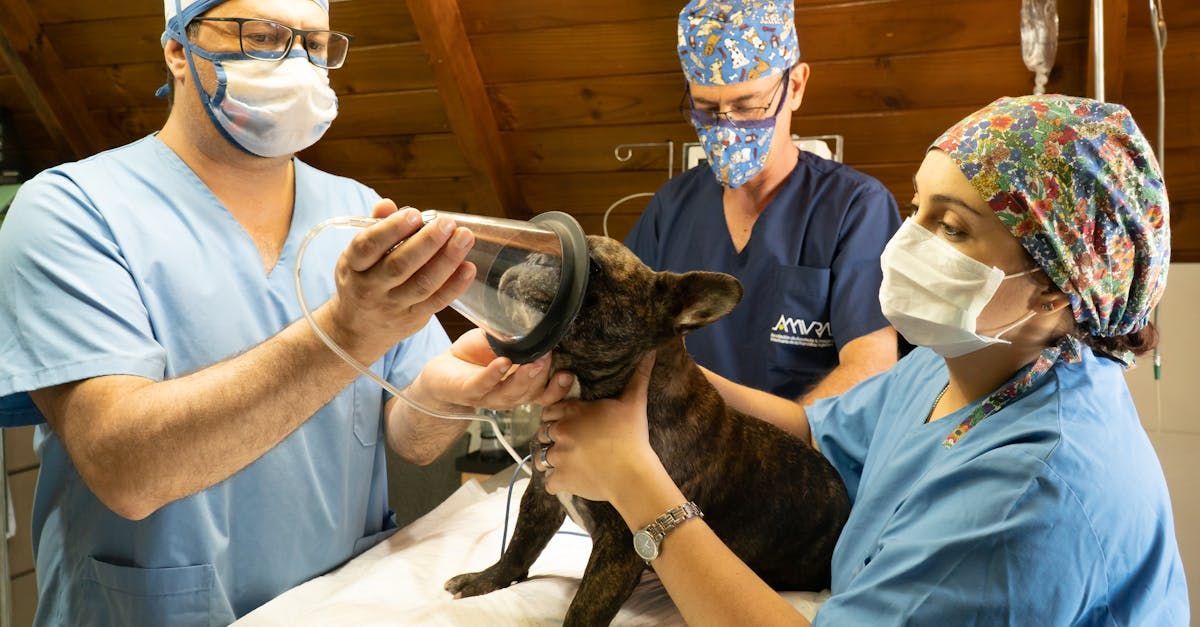A Guide to Proper Grooming for Your Newly Adopted Rescue Puppy
Understanding your puppies grooming needs...
Congratulations on adopting your new furry family member! Welcoming a rescue puppy into your home is a joyous occasion, and proper grooming plays a crucial role in ensuring their health, comfort, and happiness. Whether you've adopted a tiny terrier or a lovable mixed breed, this in-depth guide will walk you through the essentials of grooming, helping you establish a routine that fosters bonding and enhances your puppy's well-being.
Understanding Your Puppy's Needs:
Rescue puppies often come with diverse backgrounds and experiences. Before diving into grooming, take time to observe your puppy's behavior and sensitivities. Some may be nervous around grooming tools due to past experiences, while others may be curious and eager to engage.
Establishing a Grooming Routine:
Start grooming your puppy as soon as you bring them home, even if it's just gentle touch sessions to get them accustomed to being handled. This helps build trust and familiarity with grooming activities. Gradually introduce grooming tools like brushes, combs, and nail clippers, always pairing grooming with positive reinforcement such as treats and praise.
Brushing and Coat Care:
Brushing your puppy's coat is essential for maintaining skin health, preventing mats, and reducing shedding. The frequency and type of brush depend on your puppy's coat type:
- Short coats: Weekly brushing with a soft bristle brush.
- Medium to long coats: Daily brushing with a slicker brush or comb to prevent tangles.
- Double-coated breeds: Use an undercoat rake during shedding seasons to remove loose fur.
Check for ticks, fleas, or any skin abnormalities during brushing sessions. If you notice excessive itching or skin irritation, consult your veterinarian.
Bathing Basics:
Bathe your puppy only when necessary, using a mild, dog-specific shampoo. Too frequent bathing can strip their skin of natural oils, leading to dryness and irritation. Before bathing, brush out any tangles and use lukewarm water. Gently massage shampoo into their coat, avoiding their eyes and ears. Rinse thoroughly to remove all traces of shampoo.
Nail Care:
Regular nail trimming is vital to prevent overgrowth, which can cause discomfort and affect your puppy's gait. Use dog nail clippers or a grinder and trim the nails gradually to avoid cutting into the quick (the sensitive tissue inside the nail). If you're unsure, ask your vet or a professional groomer for a demonstration.
Ear Cleaning:
Inspect your puppy's ears weekly for signs of redness, discharge, or foul odor, which could indicate an infection. Clean the outer ear with a damp cotton ball or dog-specific ear cleaner, avoiding deep insertion into the ear canal. If your puppy's ears seem sensitive or they resist, consult your vet for guidance.
Dental Care:
Start dental care early to prevent dental disease. Introduce your puppy to tooth brushing using a dog toothbrush and toothpaste formulated for pets. Brush their teeth gently in circular motions, focusing on the outer surfaces. Gradually increase the duration as your puppy becomes more comfortable.
Trimming Facial Hair:
Some puppies, especially those with longer facial hair, may benefit from regular trimming around the eyes and mouth to prevent hair from obstructing vision or collecting food debris. Use blunt-tip scissors and trim cautiously, keeping your puppy calm throughout the process.
Professional Grooming:
Consider scheduling professional grooming sessions, especially if your puppy has a coat that requires specialized care or if you're unsure about handling certain grooming tasks. Professional groomers can provide expert trimming, coat styling, and even advice on maintaining your puppy's hygiene between visits.
Conclusion:
Grooming your rescue puppy is not just about appearance—it's a vital aspect of their overall health and well-being. By establishing a gentle and consistent grooming routine, you not only keep your puppy looking and feeling their best but also strengthen the bond between you. Remember, each puppy is unique, so adapt your grooming approach based on their individual needs and preferences. With patience, positive reinforcement, and regular veterinary check-ups, you'll set your rescue puppy on the path to a happy and healthy life in their new forever home.



